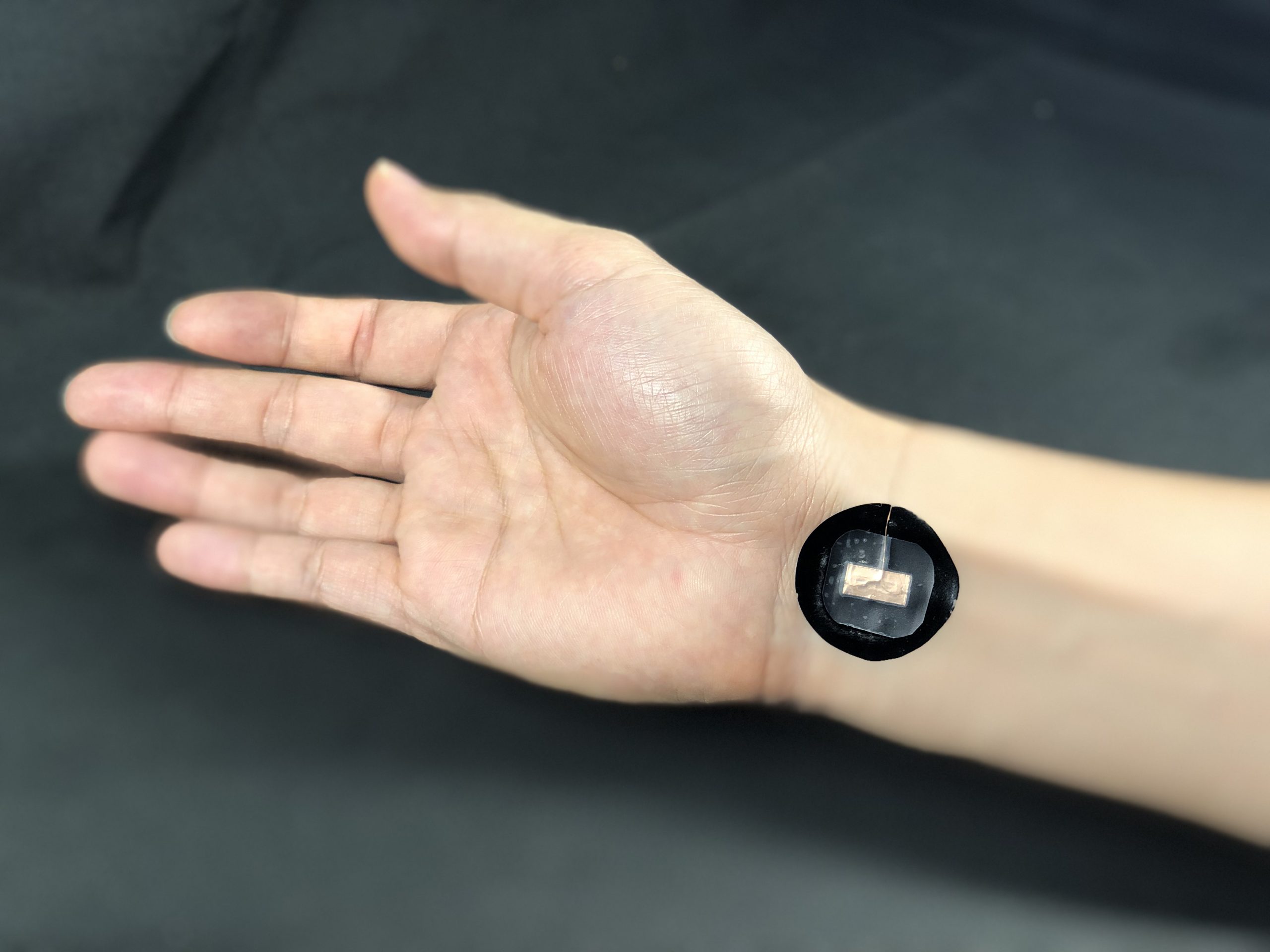“The site-selective late-stage functionalisation of C-H bonds in complex molecules developed from our studies is a very useful class of reactions. This method could potentially find broad application in olefin synthesis, structural modification of pharmaceuticals and natural product synthesis.”
— Prof Wu Jie, NUS Department of Chemistry
NUSRI Suzhou PI Prof Wu Jie and team have developed a photo-induced method for late-stage functionalisation of carbon-hydrogen (C-H) bonds in organic molecules. The research group used a combination of two types of catalytic methods, the direct hydrogen atom transfer catalysis (with a decatungstate anion, [W10O32]4−) and the cobaloxime catalysis, for the direct activation and alkenylation of alkanes and aldehydes. When these two catalysts work synergistically in the presence of light, a diverse range of cheap feedstocks can be easily transformed into valuable olefins. Other advantages of this strategy include a broad substrate scope, high C-H site selectivity, excellent trans selectivity of the alkene products, and the use of the C-H substrate as the limiting reagent. Moreover, this strategy can be applied in the selective late-stage functionalisation of natural products and important pharmaceutical molecules.
The research findings were published in Nature Communications in 2020.
Cao H; Kuang Y; Shi, X; Wong, KL; Tan, BB; Kwan, JMC; Liu, X; Wu, J* “Photoinduced site-selective alkenylation of alkanes and aldehydes with aryl alkenes”, NATURE COMMUNICATIONS, Volume: 11, Page: 1956, DOI: 10.1038/s41467-020-15878-6, Published: 2020.



